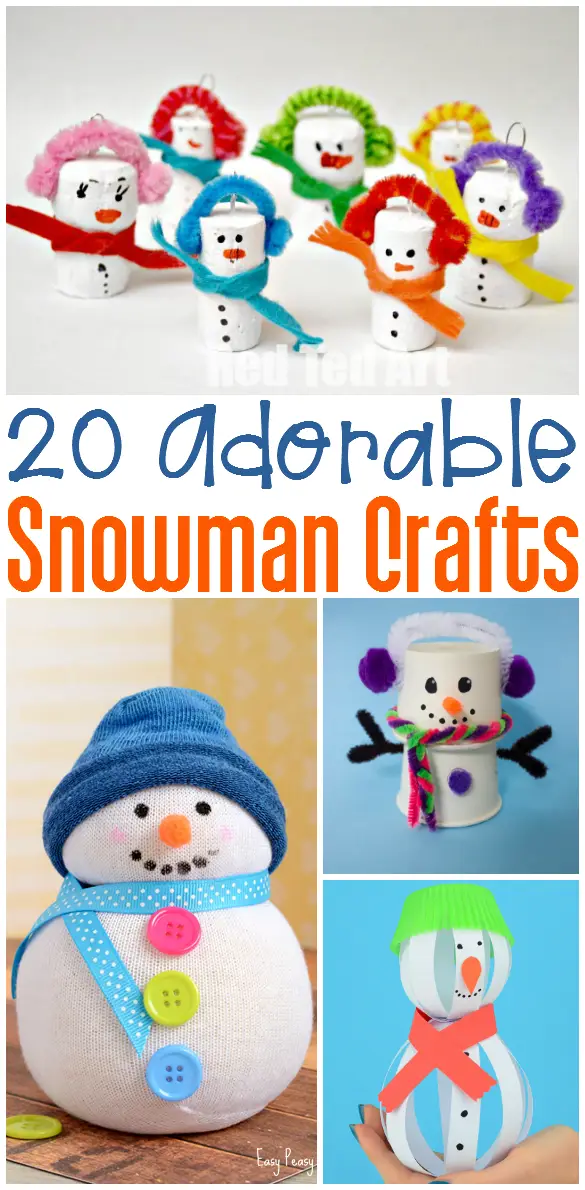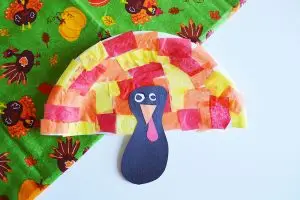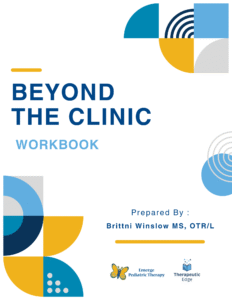
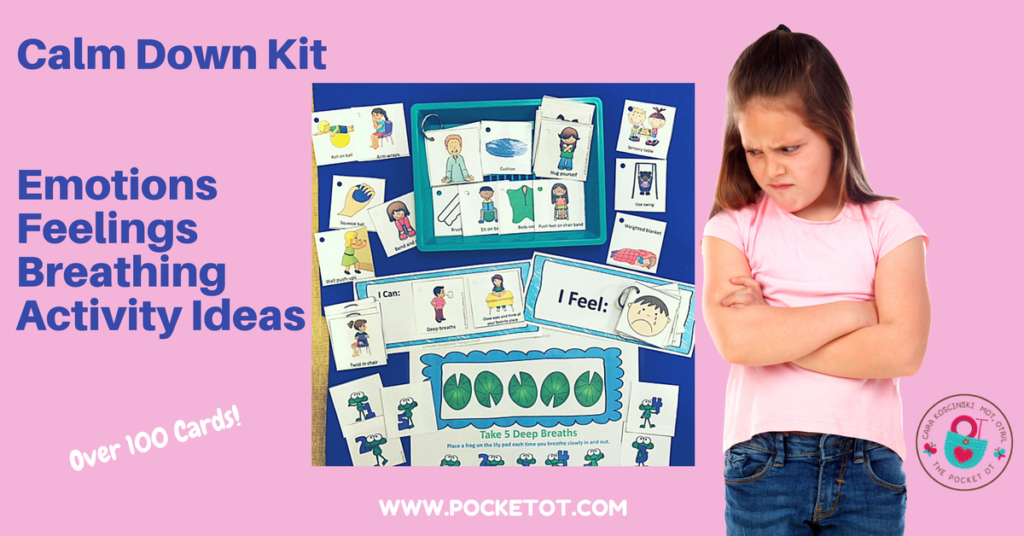
Children show behavior when they are trying to communicate but either cannot find the words or do not understand the appropriate way to calm themselves. Simply saying, ‘Calm Down!’ is not helpful. I encourage you to consider how you might feel if you’re upset and your friend or spouse tells you to calm down! It’s honestly quite irritating. (at least for me)
Creating a calm-down area is always helpful ahead of time. Preparing for difficult behaviors and emotional outbursts helps everyone when in a crisis situation. It’s easy to wait until the next time, but putting this important task off can cause more frustration for everyone involved.
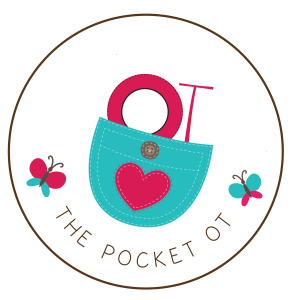 What to add in a calm-down area? Here are some ‘Out of the POCKET Tips.’
What to add in a calm-down area? Here are some ‘Out of the POCKET Tips.’
1) Emotions cards and an ‘I Feel’ label.
Provide many emotions cards for children of all ages. Our kit contains 16 faces and 34 boy and girl body/face emotions cards. You don’t have to label the emotion, just let the child choose his/her feelings. Remember that sometimes speaking to the child can actually ‘flare up’ the behavior since your child’s emotions may be at very high levels. My younger son is an example of a child who becomes more enraged when I’m attempting to use words to calm him.
2) Options for things your child CAN do.
An ‘I can’ card with many options that will work in your area should be provided. Our kit contains activities for classrooms, clinics, seated, standing, homes, and more. Be sure not to add a card that is not appropriate for your setting….luck would have it that my child would choose THAT card and become more angry when I didn’t have the option.
3) Here’s a list of other items I would include:
Air Cushion
Putty or Slime
Wearable and chewable jewelry make for kids who chew
Fidgets of all types
Sensory bottle
Visual timer- see #4
Calming, breathing, and mindfulness activities. Sometimes looking at a sensory visual jar helps children to feel calm. Click here to learn how to create sensory rice bins and visual jars.
Our frog visual breathing cards help children to complete an action to help as they take deep breaths. This helps kids to slow down.
4) Visual timer or other indicator of how much time the child will be in the calming area and how much time is left. Remember that children are often visual learners and respond better to transitions when visual cues are included. Many types of visual timers are available on Amazon.
5) Alternative seating helps kids to do ‘heavy work’ with their bodies. When therapists say ‘heavy work’ we do not mean loading the child down with weights, we are referring to proprioceptive input. Sitting on an exercise ball or air cushion gives the core muscles (that hold the body upright) calming input.
There is NO wrong item to include in a calming area. Remember to include your child/student in the creation of the area and review what’s expected and when to go to the calming area BEFORE a meltdown.
Send us your pictures of calming areas and we might feature them on our Instagram or Facebook pages!

